A Comprehensive Guide to OP97EN8#PBF Linear Amplifier
Linear Technology/Analog Devices
30pA Instrumentational OP Amps ±2V~20V OP97 8-DIP (0.300, 7.62mm)
Unit Price: $9.647208
Ext Price: $9.65









30pA Instrumentational OP Amps ±2V~20V OP97 8-DIP (0.300, 7.62mm)
This article provides an in-depth analysis of the OP97EN8#PBF linear amplifier, a versatile component manufactured by Linear Technology/Analog Devices. The article covers the product description, features, applications, reference designs, alternative parts, and frequently asked questions to help electronic engineers understand and utilize this amplifier effectively.
Product Introduction
1. Description:
The OP97EN8#PBF is a precision, low-power operational amplifier designed for general-purpose applications. It features low input offset voltage, low input bias current, and high open-loop gain, making it suitable for precision instrumentation and sensor signal conditioning.
2. Features:
- Low input offset voltage: 10μV
- Low input bias current: 30pA
- Wide voltage supply range: ±2V to ±20V
- Low power consumption: 380μA
- High open-loop gain
- RoHS3 compliant
3. Applications:
Primary applications:
- Precision instrumentation
- Sensor signal conditioning
- Data acquisition systems
- Transducer amplifiers
Secondary applications:
- Active filters
- Voltage regulators
- Signal conditioning modules
Applicable specific modules:
- Signal conditioning modules in industrial control systems
- Data acquisition modules in test and measurement equipment
- Sensor interface modules in IoT devices
4. Reference Designs:
The OP97EN8#PBF linear amplifier is commonly used in various reference designs, including:
- Precision voltage reference circuits
- Low-noise sensor interface circuits
- High-accuracy data acquisition systems
5. Alternative Parts:
For applications requiring similar performance characteristics, engineers can consider the following alternative parts:
- OP27: Precision operational amplifier with similar specifications
- OP07: Low-noise precision operational amplifier
- AD8628: Low-power precision operational amplifier
6. FAQs:
Q: What is the operating temperature range of the OP97EN8#PBF amplifier?
A: The OP97EN8#PBF amplifier can operate in temperatures ranging from -40°C to 85°C, making it suitable for a wide range of industrial and commercial applications.
Q: Is the OP97EN8#PBF amplifier RoHS compliant?
A: Yes, the OP97EN8#PBF amplifier is RoHS3 compliant, ensuring that it meets environmental regulations regarding the use of hazardous substances in electronic products.
Q: What is the typical supply voltage range for the OP97EN8#PBF amplifier?
A: The OP97EN8#PBF amplifier can operate on a single or dual power supply ranging from ±2V to ±20V, providing flexibility in various application scenarios.
In conclusion, the OP97EN8#PBF linear amplifier offers precision performance, low power consumption, and versatile applications in instrumentation and signal conditioning systems. By understanding its features, applications, and alternative parts, engineers can effectively integrate this amplifier into their designs for optimal performance.
Specifications
- TypeParameter
- Factory Lead Time16 Weeks
- Package / Case
refers to the protective housing that encases an electronic component, providing mechanical support, electrical connections, and thermal management.
8-DIP (0.300, 7.62mm) - Mounting Type
The "Mounting Type" in electronic components refers to the method used to attach or connect a component to a circuit board or other substrate, such as through-hole, surface-mount, or panel mount.
Through Hole - Published2000
- Packaging
Semiconductor package is a carrier / shell used to contain and cover one or more semiconductor components or integrated circuits. The material of the shell can be metal, plastic, glass or ceramic.
Tube - Operating Temperature
The operating temperature is the range of ambient temperature within which a power supply, or any other electrical equipment, operate in. This ranges from a minimum operating temperature, to a peak or maximum operating temperature, outside which, the power supply may fail.
-40°C~85°C - Part Status
Parts can have many statuses as they progress through the configuration, analysis, review, and approval stages.
Active - Moisture Sensitivity Level (MSL)
Moisture Sensitivity Level (MSL) is a standardized rating that indicates the susceptibility of electronic components, particularly semiconductors, to moisture-induced damage during storage and the soldering process, defining the allowable exposure time to ambient conditions before they require special handling or baking to prevent failures
1 (Unlimited) - Base Part Number
The "Base Part Number" (BPN) in electronic components serves a similar purpose to the "Base Product Number." It refers to the primary identifier for a component that captures the essential characteristics shared by a group of similar components. The BPN provides a fundamental way to reference a family or series of components without specifying all the variations and specific details.
OP97 - Number of Circuits1
- Current - Supply
Current - Supply is a parameter in electronic components that refers to the maximum amount of electrical current that the component can provide to the circuit it is connected to. It is typically measured in units of amperes (A) and is crucial for determining the power handling capability of the component. Understanding the current supply rating is important for ensuring that the component can safely deliver the required current without overheating or failing. It is essential to consider this parameter when designing circuits to prevent damage to the component and ensure proper functionality of the overall system.
380μA - Slew Rate
the maximum rate of output voltage change per unit time.
0.2V/μs - Amplifier Type
Amplifier Type refers to the classification or categorization of amplifiers based on their design, functionality, and characteristics. Amplifiers are electronic devices that increase the amplitude of a signal, such as voltage or current. The type of amplifier determines its specific application, performance capabilities, and operating characteristics. Common types of amplifiers include operational amplifiers (op-amps), power amplifiers, audio amplifiers, and radio frequency (RF) amplifiers. Understanding the amplifier type is crucial for selecting the right component for a particular circuit or system design.
General Purpose - Current - Input Bias
The parameter "Current - Input Bias" in electronic components refers to the amount of current required at the input terminal of a device to maintain proper operation. It is a crucial specification as it determines the minimum input current needed for the component to function correctly. Input bias current can affect the performance and accuracy of the device, especially in precision applications where small signal levels are involved. It is typically specified in datasheets for operational amplifiers, transistors, and other semiconductor devices to provide users with important information for circuit design and analysis.
30pA - Voltage - Supply, Single/Dual (±)
The parameter "Voltage - Supply, Single/Dual (±)" in electronic components refers to the power supply voltage required for the proper operation of the component. This parameter indicates whether the component requires a single power supply voltage (e.g., 5V) or a dual power supply voltage (e.g., ±15V). For components that require a single power supply voltage, only one voltage level is needed for operation. On the other hand, components that require a dual power supply voltage need both positive and negative voltage levels to function correctly.Understanding the voltage supply requirements of electronic components is crucial for designing and integrating them into circuits to ensure proper functionality and prevent damage due to incorrect voltage levels.
±2V~20V - Voltage - Input Offset
Voltage - Input Offset is a parameter that refers to the difference in voltage between the input terminals of an electronic component, such as an operational amplifier, when the input voltage is zero. It is an important characteristic that can affect the accuracy and performance of the component in various applications. A low input offset voltage is desirable as it indicates that the component will have minimal error in its output when the input signal is near zero. Manufacturers typically provide this specification in the component's datasheet to help users understand the component's behavior and make informed decisions when designing circuits.
10μV - -3db Bandwidth
The "-3dB bandwidth" of an electronic component refers to the frequency range over which the component's output signal power is reduced by 3 decibels (dB) compared to its maximum output power. This parameter is commonly used to describe the frequency response of components such as amplifiers, filters, and other signal processing devices. The -3dB point is significant because it represents the half-power point, where the output signal power is reduced to half of its maximum value. Understanding the -3dB bandwidth is important for designing and analyzing electronic circuits to ensure that signals are accurately processed within the desired frequency range.
900kHz - RoHS Status
RoHS means “Restriction of Certain Hazardous Substances” in the “Hazardous Substances Directive” in electrical and electronic equipment.
ROHS3 Compliant
Parts with Similar Specs
Datasheet PDF
- Datasheets :
 MCP23017 I/O Expander: Datasheet, pinout and Addressing
MCP23017 I/O Expander: Datasheet, pinout and Addressing09 September 20218565
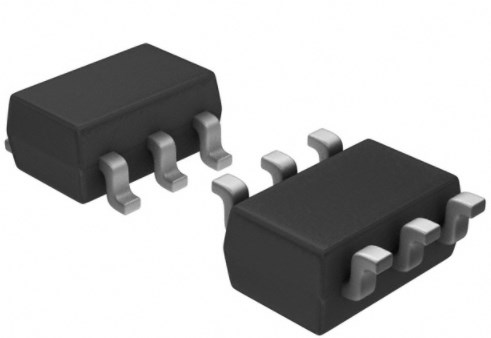 LM74700QDBVRQ1 Diode Controller: 12V, Pinout, Datasheet
LM74700QDBVRQ1 Diode Controller: 12V, Pinout, Datasheet07 March 20221944
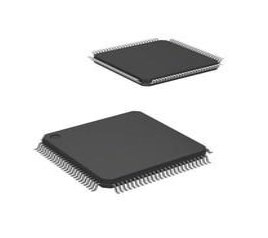 STM32F407VGT6 Microcontroller: 168MHz,100-LQFP, Pinout and Features
STM32F407VGT6 Microcontroller: 168MHz,100-LQFP, Pinout and Features07 February 202211370
 STM32F318K8U6 Microcontroller: Technical Analysis and Overview
STM32F318K8U6 Microcontroller: Technical Analysis and Overview28 February 2024118
 MSP430F20x1, MSP430F20x2, and MSP430F20x3: Mixed-Signal Microcontroller
MSP430F20x1, MSP430F20x2, and MSP430F20x3: Mixed-Signal Microcontroller29 February 2024107
 STM32F411CEU6: Overview, Features, Specification
STM32F411CEU6: Overview, Features, Specification14 October 20233912
 L7812CV Voltage Regulator: Pinout, Datasheet, and Schematic Diagram
L7812CV Voltage Regulator: Pinout, Datasheet, and Schematic Diagram05 July 202116982
 A Comprehensive Guide to LTC6953IUKG#TRPBF Clock Generator by Linear Technology/Analog Devices
A Comprehensive Guide to LTC6953IUKG#TRPBF Clock Generator by Linear Technology/Analog Devices06 March 2024197
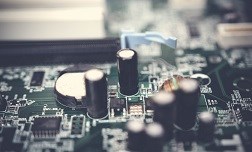 What is the DC Bias Characteristic of a Capacitor?
What is the DC Bias Characteristic of a Capacitor?25 July 202210661
 Always charge the battery to 100%? Stop it!
Always charge the battery to 100%? Stop it!15 October 20213597
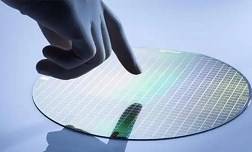 Detecting Wafer Patterns using Semi-Supervised Learning
Detecting Wafer Patterns using Semi-Supervised Learning21 October 20221148
 What is latch?
What is latch?28 March 20255399
 What are the Types and Dielectric of Ceramic Capacitors?
What are the Types and Dielectric of Ceramic Capacitors?16 October 202510731
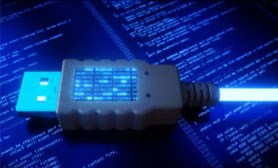 Active Electroacoustic Resonator-Silent Speaker
Active Electroacoustic Resonator-Silent Speaker10 November 20213708
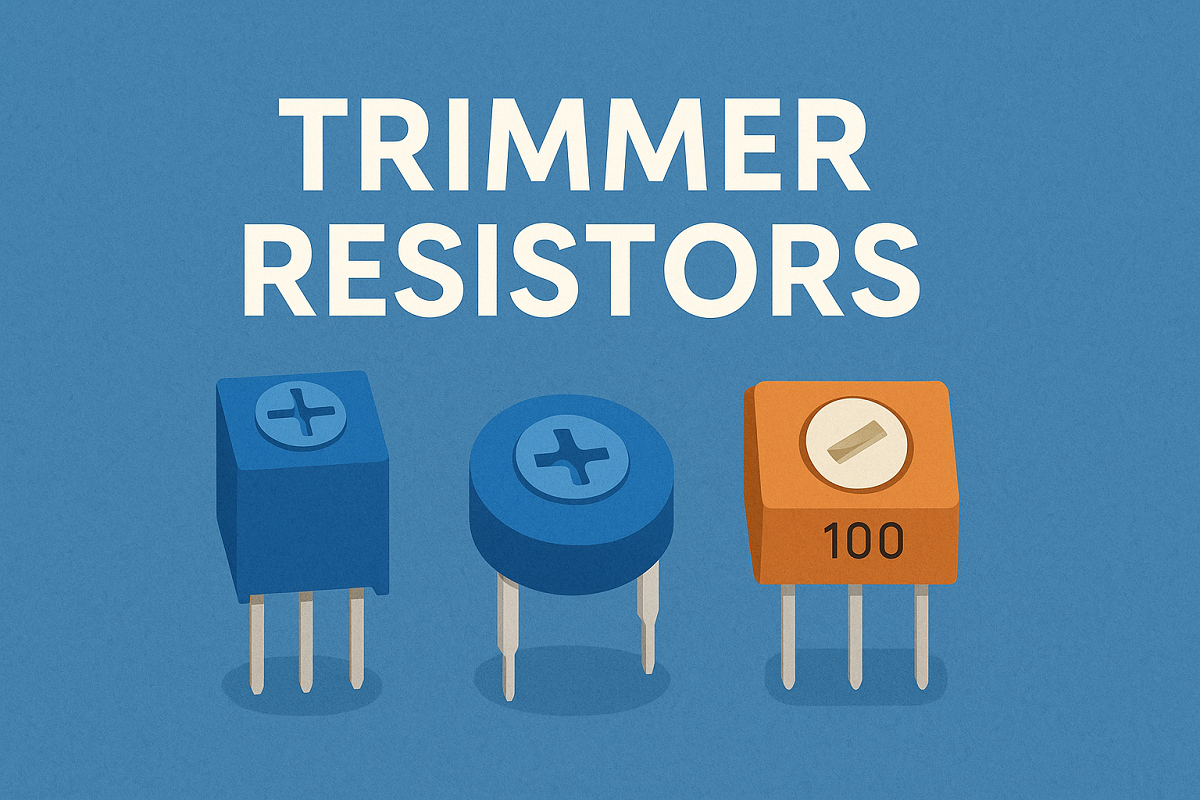 Trimmer Resistors: From Principles to Selection and Applications
Trimmer Resistors: From Principles to Selection and Applications11 August 20251073
 What is a Capacitive Sensor?
What is a Capacitive Sensor?31 October 20259043
Linear Technology/Analog Devices
In Stock: 38
Minimum: 1 Multiples: 1
Qty
Unit Price
Ext Price
1
$9.647208
$9.65
10
$9.101140
$91.01
100
$8.585981
$858.60
500
$8.099982
$4,049.99
1000
$7.641492
$7,641.49
Not the price you want? Send RFQ Now and we'll contact you ASAP.
Inquire for More Quantity









